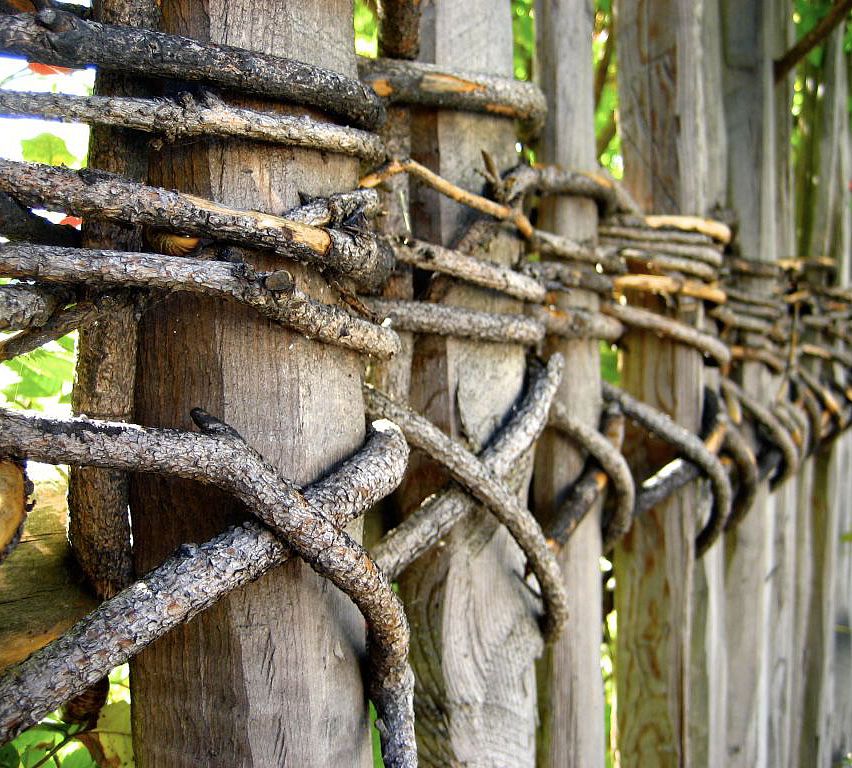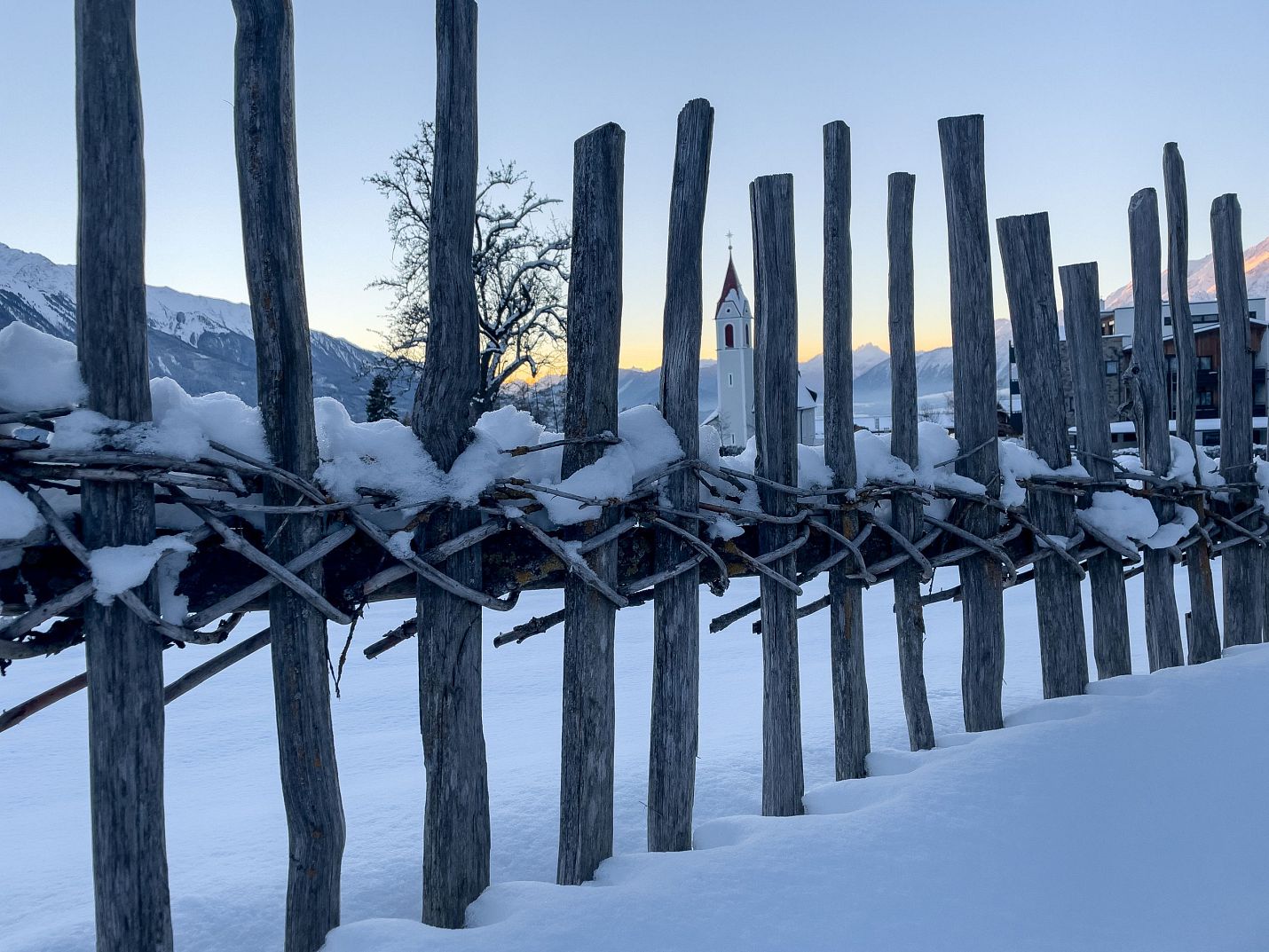
Historical craftsmanship
Traditional fences
Fences are an important element in our cultural landscape; they form part of our identity and they bear testimony to one of the oldest rural traditions. They provide clear visual boundaries, an expression of legal position and property rights and land management. Fences shape the face of our country. They give structure to the cultural landscape and offer the observer a sense of security. They represent a tradition that has been handed down over generations and preserved for centuries. They are the work of our own hands, our own craftsmanship. Fences enclose and they segregate. They preserve and they protect.
Today, great efforts are being made in promoting the construction of historical types of fences, in breathing new life into the art of fence building, in preserving centuries-old knowledge and skills, in emphasising the rural character of our villages and reasserting the importance of the fence as an integral part of our distinctive landscape.
The historical types of fences that exist and that are currently being constructed in Mösern are not meant just as showpieces. Rather, they are actually used by the land owners and were built within the scope of a collaborative project by the land owners, the Region Tourism Association and the local association for the protection and preservation of local cultural and natural heritage in North and East Tyrol.
